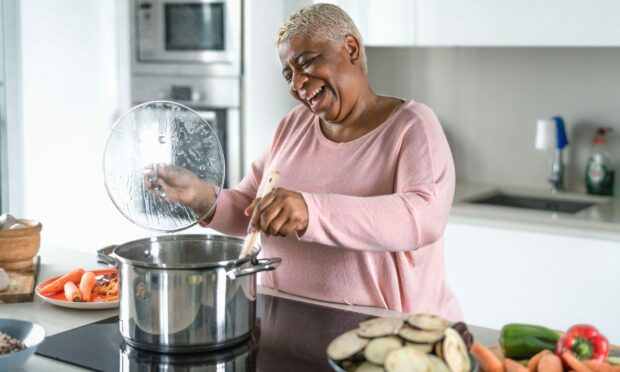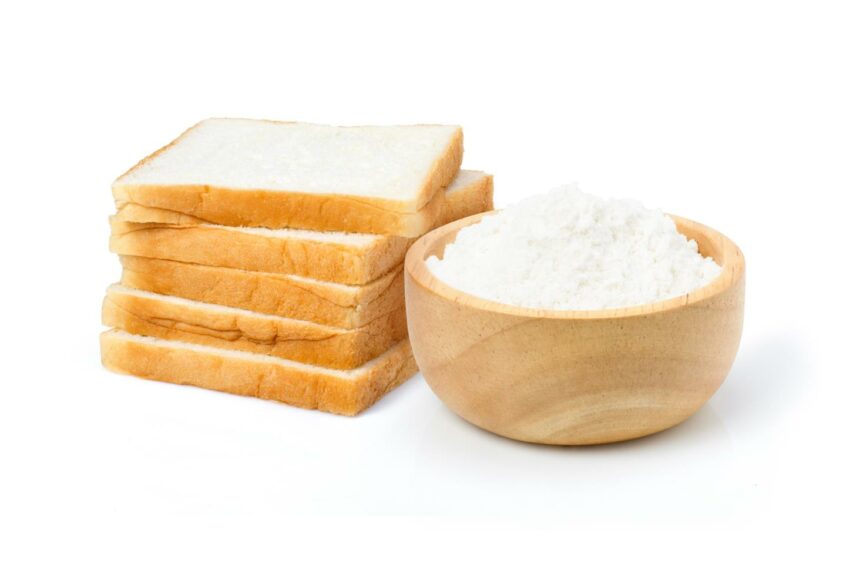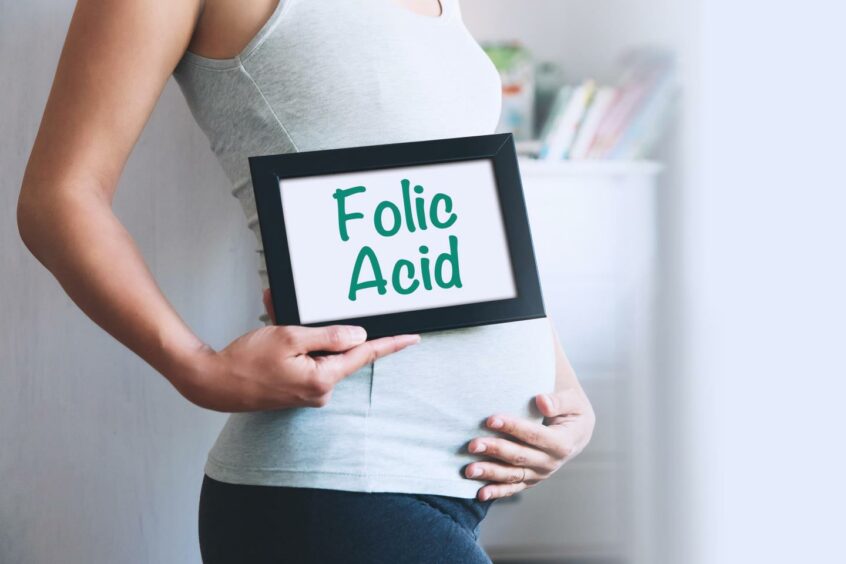It’s long been known that pregnant women should take folic acid to help protect their baby from birth defects. But now it seems the vitamin can help reduce the risk of dementia, and having low levels has also been linked to premature death.
New research from the US and Israel has found deficiency in folate (also known as vitamin B9, with its synthetic form being folic acid) was associated with a substantially increased risk of both dementia and death from any cause – people with folate deficiency had a 1.68-fold increased risk of dementia and a 2.98-fold increased risk of dying.
And past studies have found the vitamin – which helps form red blood cells, enables nerves to function properly and is essential in the formation of DNA – may help protect from heart disease and stroke.
The British Dietetic Association (BDA: bda.uk.com) explains that folic acid supplements can reduce high levels of homocysteine – an amino acid that irritates blood vessels – which has been associated with increased risk of heart attack or stroke, although it’s thought to be an indicator rather than a risk factor for heart disease.
“Folate is typically linked with pregnancy, but is actually essential for health across the age spectrum,” says dietitian Dr Carrie Ruxton, from the Health and Food Supplements Information Service (HSIS: hsis.org).
“Its key jobs in the body are making our genetic building blocks, DNA and RNA, and assisting in cell division and creation of different proteins.”
But how can you make sure you’re getting enough folate? These are the best ways to get the vitamin.
In food
The BDA says most people (other than pregnant women or those trying for a baby) should be able to get enough folate in their diet by eating plenty of vegetables, fruit, beans and wholegrains, which are naturally high in folate, and may also protect against bowel cancer and heart disease.
The BDA says folic acid can be found in green leafy vegetables such as spinach, kale, Brussels sprouts, cabbage and broccoli; beans and legumes (e.g. peas, blackeye beans); yeast and beef extracts; oranges and orange juice; wheat bran and other wholegrain foods; poultry, pork, shellfish and liver; and fortified foods (such as some brands of breakfast cereals – check the label).
“Eating broccoli, cabbage and spinach, and having a daily glass of orange juice, are simple ways for everyone to get more folate in the diet,” says Ruxton.
It will be added to bread flour
Folic acid will soon be added to non-wholemeal wheat flour across the UK to help prevent life-threatening spinal conditions in babies, the government and devolved administrations announced last September.
The Department of Health and Social Care says adding folic acid will mean foods made with flour, such as bread, will help avoid around 200 neural tube defects each year – around 20% of the annual UK total.
“The government has decided to add folic acid to bread flour in future, since more than 90% of women of childbearing age have inadequate blood levels of the nutrient,” explains Ruxton.
Supplements
The BDA says women trying for a baby, and for the first 12 weeks of pregnancy, are advised to take a folic acid supplement, or pregnancy-specific vitamin supplement, and eat a diet rich in folates.
Ruxton says: “Women planning a pregnancy are advised to take a folic acid supplement of 400 micrograms daily. People can also top up their blood folate levels with a multivitamin or B complex supplement.
“Indeed, clinical trials have found that taking B vitamins can benefit mental function and help prevent cognitive decline in older people.”
However, the BDA says it’s advisable for people aged over 50 – or with a history of bowel cancer – not to take folic acid supplements containing more than 200μg/day.
For other people, long-term intakes from fortified foods and supplements should be below 1mg a day for adults (lower amounts for children).




